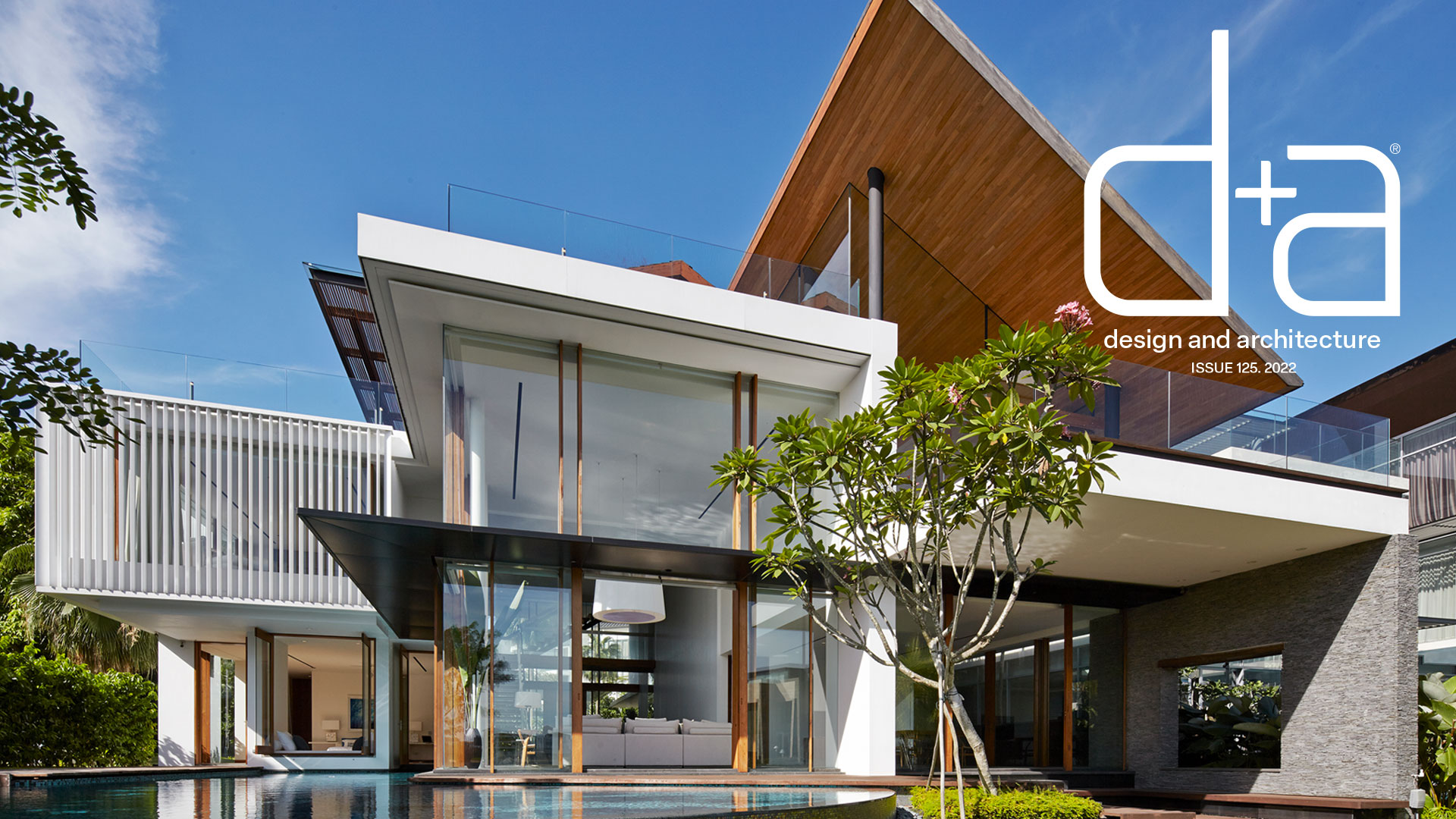
WHAT YOU’RE GOING TO SEE IN THE FOLLOWING PAGES WILL SURPISE YOU, ESPECIALLY IF YOU’RE A HABITUAL READER OF THIS PUBLICATION. You will likely immediately pick out the new story typologies and approaches to the layout, along with the rejigged contents architecture that accommodates all the disparate parts.
Of course, all of that is deliberate—that is just design thinking at work. And design thinking does not really leave anything to chance because even those that happened by chance are read and understood only in the context of what have been decreed.
In magazine design it means looking at the hierarchy of elements, the logical order, the rigidity or malleability of the grid. When you turn to a particular page, what catches your attention first? Second? Third? How do your eyes travel across the page, and where do they rest? What helps you navigate deeper into the issue?
Design is also a combination of intuitive and surprising placements – of having one’s expectations satisfied and challenged or even thwarted. So, after several pages of sameness, it’s a good idea to introduce an irregularity because a modicum of uncertainty is always welcome.
Today, many architecture firms – and in fact, most design companies – are inclined to refer to themselves as ‘multidisciplinary design practice’ to express with precision exactly what they do. Barriers, if they still stand, have become permeable.
We are of the same mind.
In this issue, we retain a lot of what have been the magazine’s foundation. The architecture section, for example, remains part of the core content. But just as the design profession has come to encompass a whole new range of activities, we’ve also expanded the design section with fresh and exciting examples to reflect that new depth and breadth – from branding to experience and packaging, from the application of AI to the resurrection of traditional crafts. This magazine is called d+a after all – ‘design’ plus ‘architecture’.
But I am just a Guest Editor, the lucky chap who was given the opportunity to work on this highly regarded and often magical platform. It was my one chance to get involved in bringing to you the latest, most interesting conversations that are taking place in the field of design. I can only hope that I was up to the task.
I enjoyed working with the team on this issue. Aris Lai, our Art Director, was a great source of sage advice and solutions. Yaiza Canopoli, Features Editor at our sister publication, Square Rooms, was writing for d+a for the first time, and she proved to be capable and inspired. Our collaborators outside the organisation, particularly Sean Lam and Jan Calleja, who handed in original content specifically for the issue, deserve my personal gratitude and admiration.
There’s only one thing left to do now – for me to tell you to carry on and enjoy what we have put together.


 Share
Share








